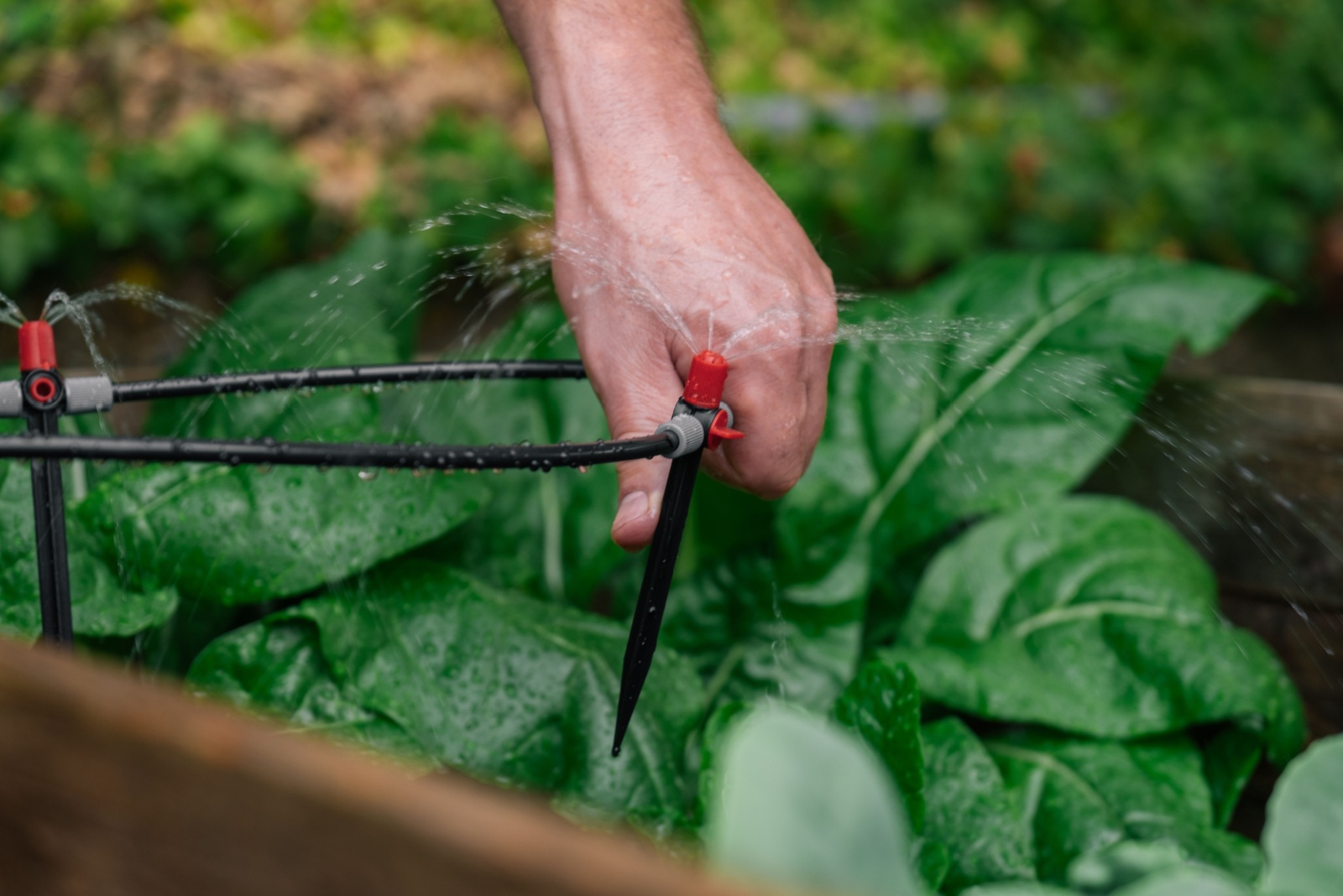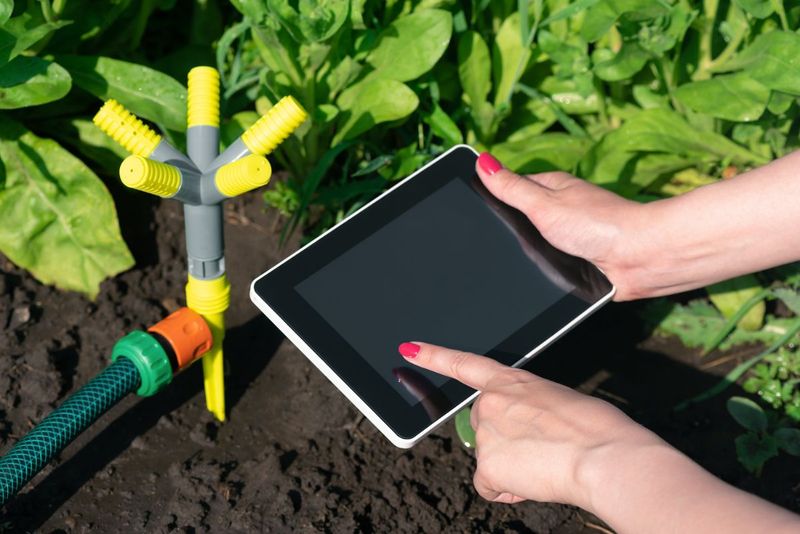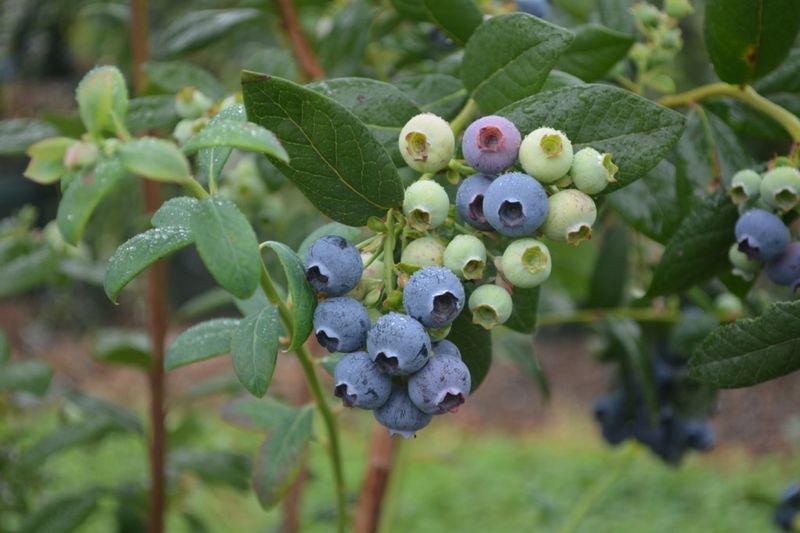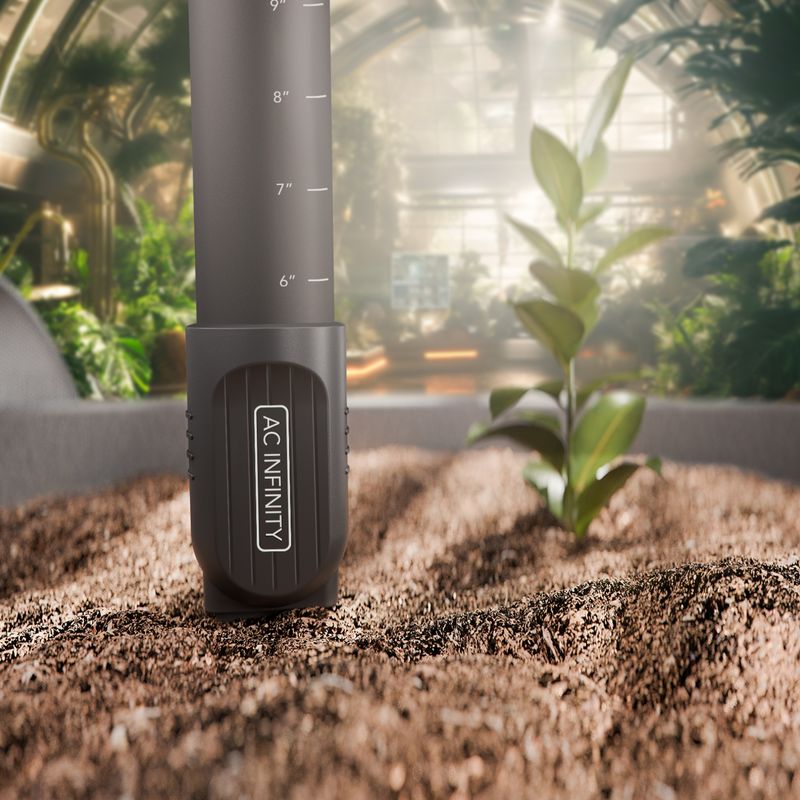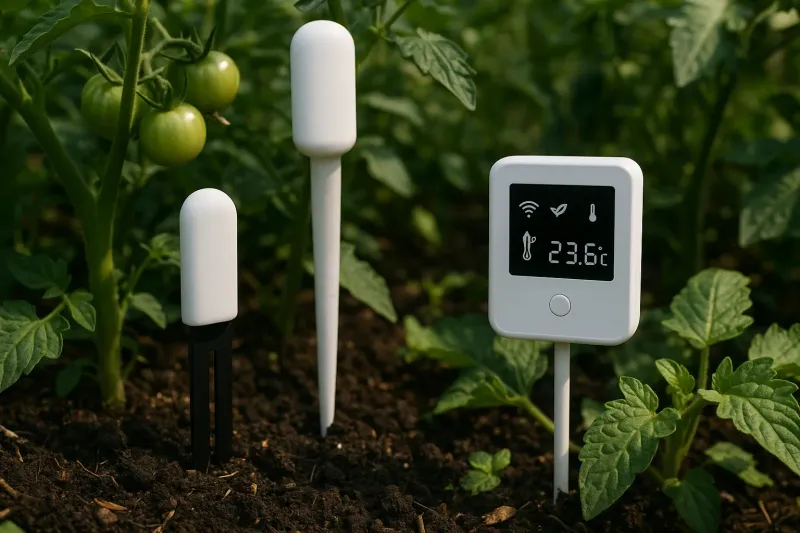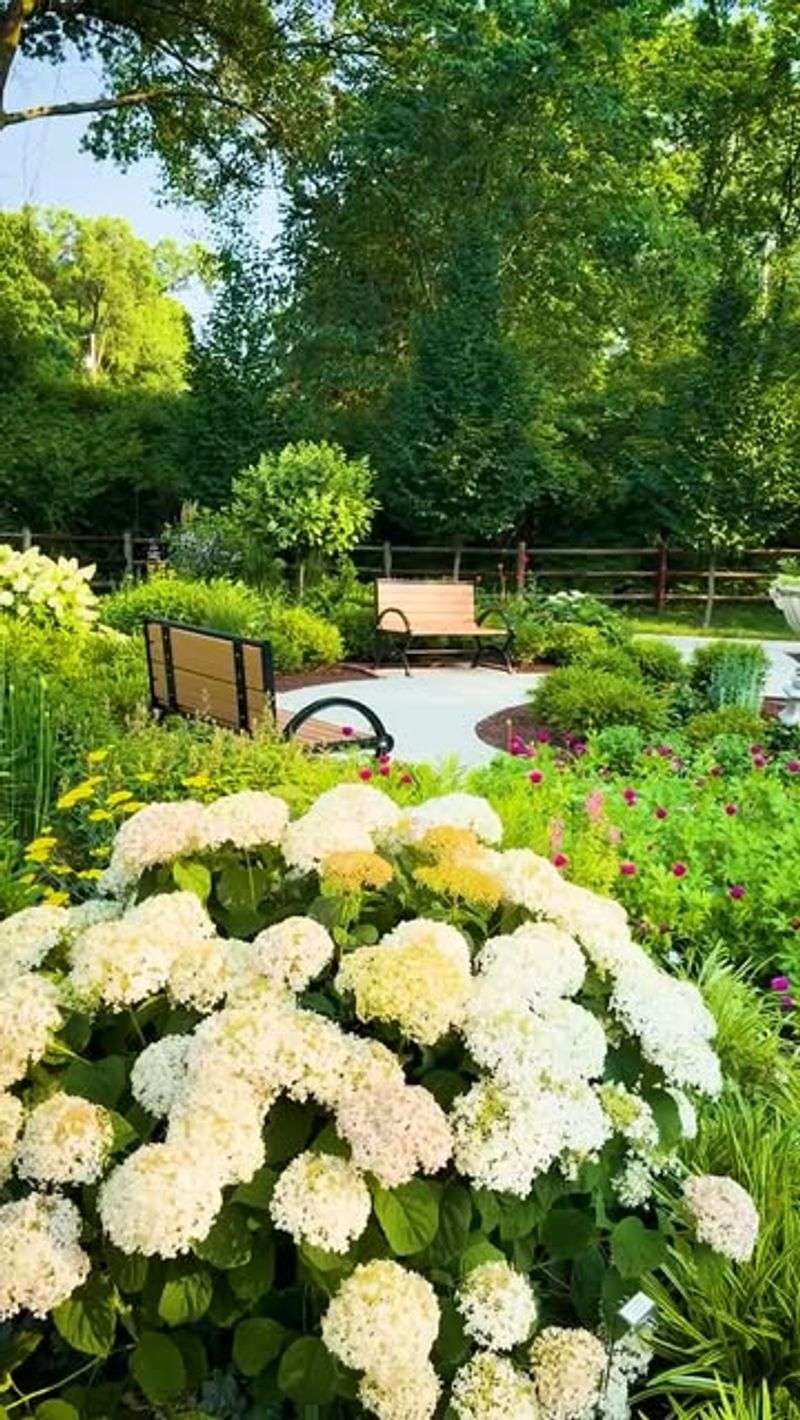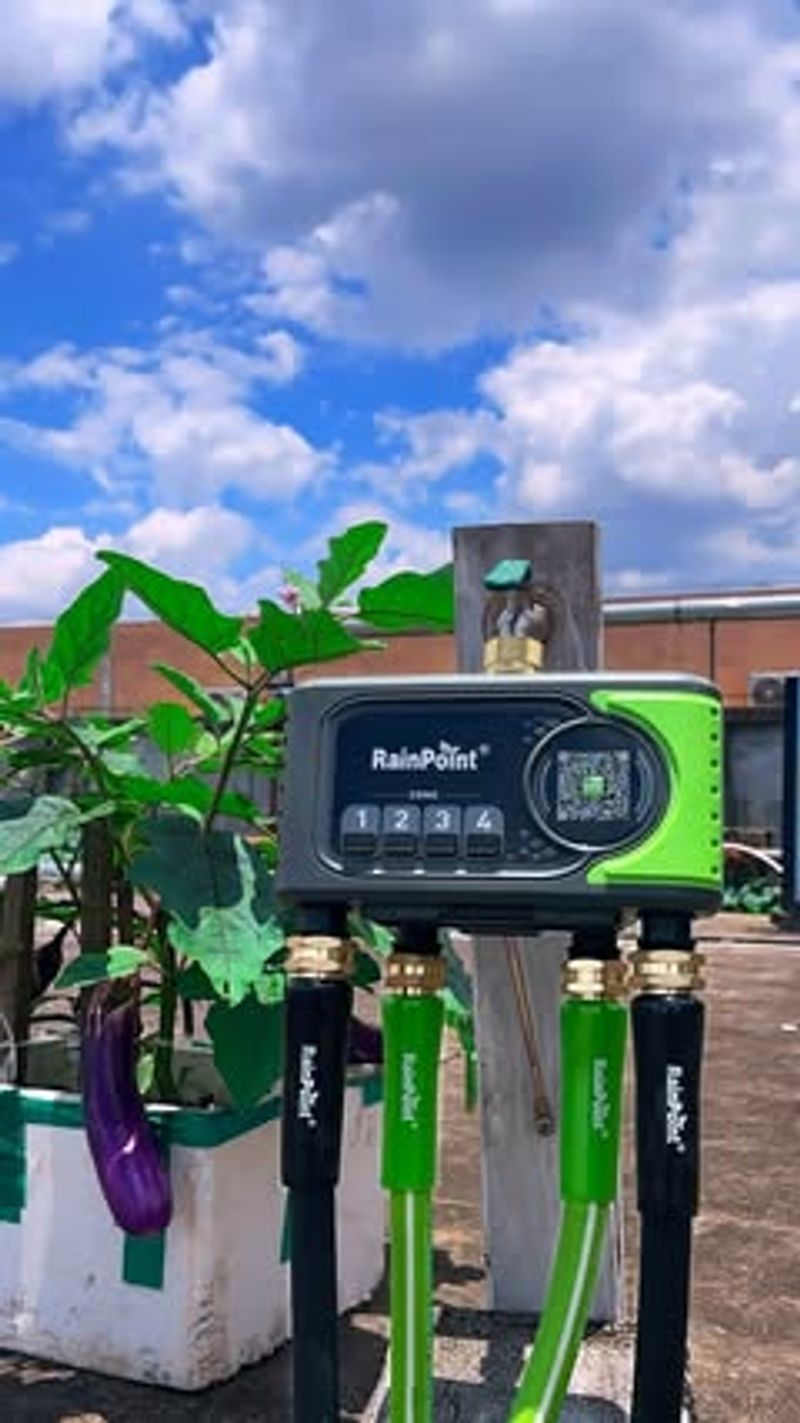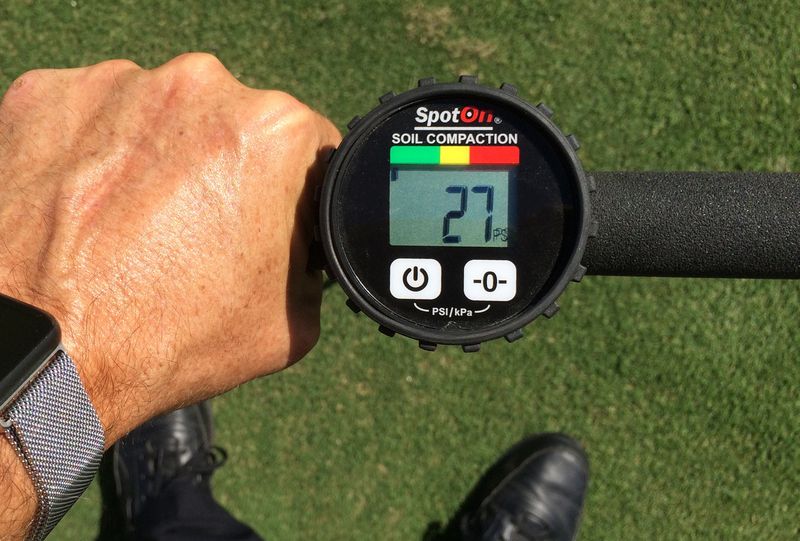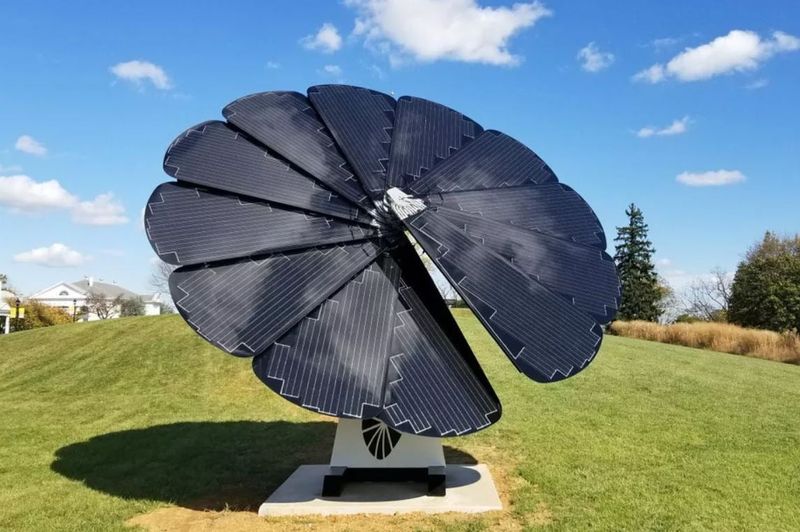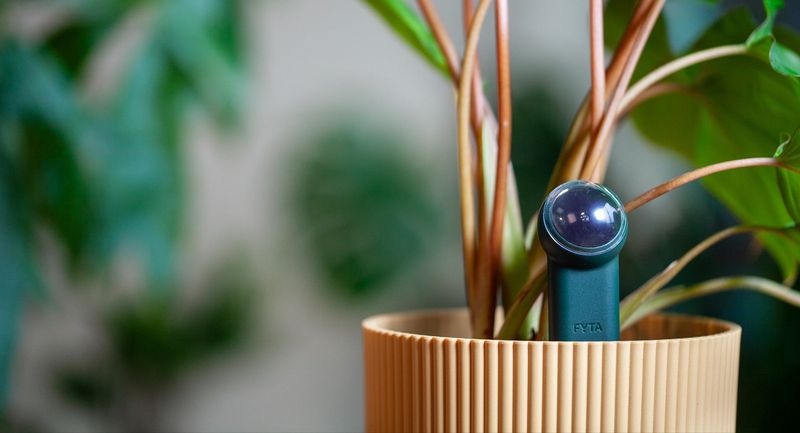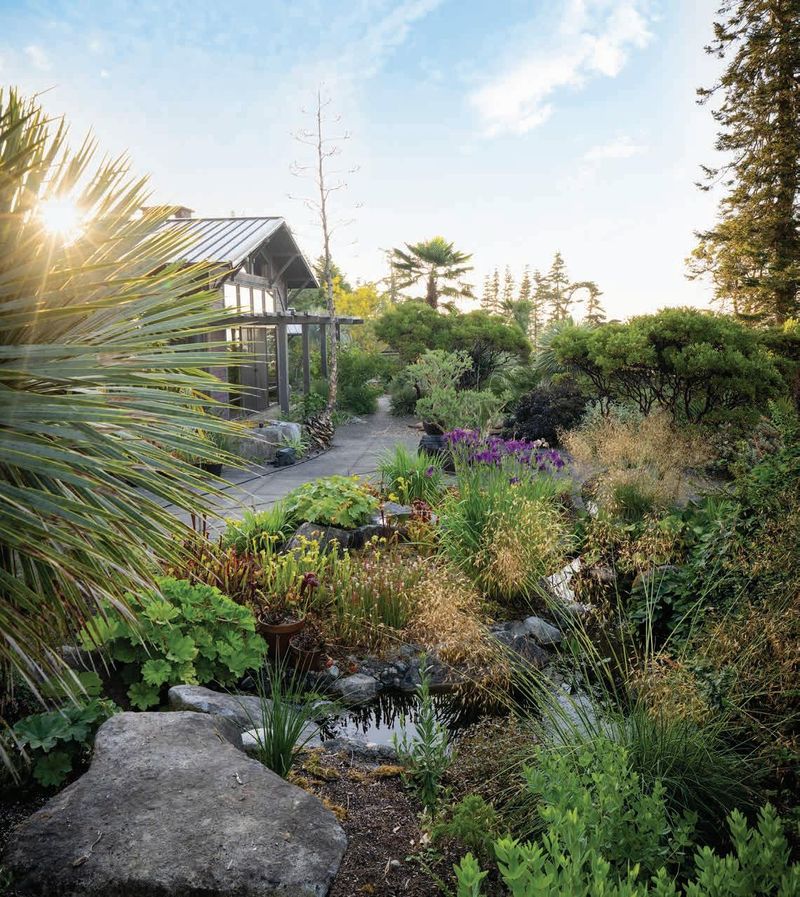Kansas gardeners know how tricky it can be—our weather swings wildly, and soil conditions vary from one region to the next. Whether you’re in the dry west or the humid east, keeping plants happy can feel like guesswork. But smart grow signals are changing that.
These handy tools track soil moisture, temperature, and more, sending real-time updates straight to your phone or computer. No more wondering when to water or adjust—just clear, timely info to guide your next move. It’s gardening with confidence.
I’ve seen how these signals help gardeners across the Sunflower State stay ahead of the elements. They make it easier to adapt, respond, and grow stronger, healthier plants—no matter what Kansas throws your way.
1. Monitor Moisture During Prairie Droughts
Smart soil sensors track moisture levels in real time, sending alerts when your tomatoes or sunflowers need water. This precision is especially valuable during those brutal Kansas summer droughts when every drop counts.
I’ve found these sensors particularly helpful for my raised beds where soil dries quicker than in-ground gardens. The data helps me water deeply but less frequently, encouraging stronger root development.
Many Kansas gardeners report using 30-60% less water after installing moisture sensors, which matters in counties with watering restrictions or wells with limited capacity.
2. Track Soil Temperature For Perfect Spring Planting
Temperature sensors eliminate guesswork when deciding if soil is warm enough for spring planting. For Kansas gardeners eager to get corn or beans in the ground, these tools prevent premature planting that leads to poor germination.
My garden in central Kansas warms unevenly, with south-facing beds ready weeks before northern spots. Having multiple sensors helps me maximize our relatively short growing season.
Most cool-season crops need soil temperatures above 40°F, while warm-season vegetables like tomatoes and peppers need at least 60°F for proper root development.
3. Adjust PH Levels For Blueberry Success
Kansas soils typically run alkaline, making acid-loving plants like blueberries challenging to grow. Smart pH monitors provide continuous readings so you can make timely adjustments with sulfur or acidic amendments.
Last year, I struggled with yellowing leaves on my blueberry bushes until a pH sensor revealed my amendments weren’t sufficient. Regular testing allowed me to gradually bring levels to the ideal 4.5-5.5 range.
The sensors can also help with other acid-loving plants that Kansas gardeners attempt, like azaleas, rhododendrons, and certain specialty vegetables that prefer lower pH soils.
4. Measure Nutrient Levels For Healthier Vegetables
Advanced sensors measure nitrogen, phosphorus, and potassium levels directly in your garden soil. For Kansas vegetable growers, this means applying fertilizers only when needed rather than on a fixed schedule.
The clay soils common in eastern Kansas tend to hold nutrients differently than the sandier western regions. My garden in Johnson County benefits from precise nutrient monitoring that accounts for our specific soil type.
Tomatoes and peppers, staples in many Kansas gardens, have different nutrient needs throughout their growing cycle – these sensors help adjust feeding for maximum production.
5. Set Up Frost Alerts For Weather Protection
Kansas weather can change dramatically overnight, especially during spring and fall. Temperature sensors with alert functions can notify you when conditions approach freezing, giving critical time to protect tender plants.
After losing my entire tomato crop to a surprise May frost two years ago, I installed these alerts. Now my phone beeps whenever temperatures drop below 38°F, allowing me to deploy covers before damage occurs.
Some systems even connect to automated protective measures like row cover deployment or greenhouse heaters – particularly useful for market gardeners across Kansas with larger investments to protect.
6. Create Microclimate Maps Of Your Property
Multiple sensors placed throughout your yard can generate detailed microclimate maps showing temperature, light, and moisture variations. This information helps Kansas gardeners place plants where they’ll thrive naturally.
My half-acre lot in Wichita has surprising temperature variations – up to 8 degrees difference between the sheltered eastern corner and the wind-exposed western edge. Mapping helped me relocate struggling perennials to better spots.
Prairie dropseed and coneflowers now grow in my hotter, drier zones while hostas and ferns thrive in cooler, shadier pockets – all based on microclimate data collected over a season.
7. Automate Irrigation Based On Real Data
Connect moisture sensors to smart irrigation systems that water only when soil conditions require it. For Kansas gardeners dealing with water restrictions or conservation concerns, this precision prevents both waste and plant stress.
The system I installed last summer saved my zucchini during a three-week drought when we were away visiting family. The sensors detected critically low moisture and triggered targeted drip irrigation.
Zone-specific watering is particularly valuable for Kansas gardens with both native prairie plants (which prefer drier conditions) and moisture-loving vegetables or ornamentals growing in different areas.
8. Monitor Soil Compaction For Better Root Growth
Specialized sensors measure soil density and alert you when compaction reaches levels that restrict root growth. This technology is especially useful for Kansas gardens with heavy clay soils that easily compact after rain.
I’ve placed these sensors in my vegetable rows where foot traffic is unavoidable. The data helped me identify when to add organic matter and gently loosen soil without disrupting plant roots.
Many Kansas root crops like carrots, beets, and potatoes develop deformities in compacted soil. Regular monitoring helps maintain the loose, friable soil texture these vegetables need for proper development.
9. Track Sunlight Patterns For Optimal Plant Placement
Light sensors record daily sunlight patterns, helping Kansas gardeners understand exactly how many hours of direct, indirect, and dappled light different garden areas receive throughout the season.
When I moved to my current home near Manhattan, these sensors revealed that my “full sun” vegetable garden actually only received 5 hours of direct light – explaining previous disappointing harvests. I’ve since relocated to a truly sunny spot.
Kansas native plants like purple coneflower and black-eyed Susan thrive with specific light requirements, making accurate measurement crucial for successful prairie-inspired gardens that withstand our intense summer sun.
10. Receive Salinity Alerts For Container Gardens
Salt buildup from fertilizers can damage container plants, especially during hot Kansas summers when evaporation concentrates minerals. Salinity sensors alert gardeners when levels become problematic.
My patio containers in Topeka suffered mysterious decline until salinity monitoring revealed excessive salt accumulation. Now I can flush containers before damage occurs and adjust my fertilizer regimen.
These sensors are particularly valuable for Kansas gardeners using well water, which often contains higher mineral content than municipal sources and can contribute to salinity issues over time.
11. Get Soil Oxygen Level Readings For Healthier Plants
Oxygen sensors measure air availability in soil – a crucial factor often overlooked by gardeners. Kansas clay soils can become oxygen-depleted after heavy rains, suffocating plant roots and promoting fungal diseases.
After installing these sensors in my Lawrence garden, I discovered why my squash plants consistently developed root rot. The data helped me improve drainage and soil structure in problem areas.
For raised bed gardeners across Kansas, oxygen monitoring helps determine optimal watering frequency and prevent the waterlogged conditions that lead to many common vegetable diseases.
12. Create Custom Growing Recipes For Kansas Favorites
Advanced smart garden systems allow Kansas gardeners to create “growing recipes” – ideal soil condition profiles for specific plants. The system monitors all parameters and alerts you when conditions drift from optimal ranges.
I’ve developed custom profiles for Kansas favorites like tomatoes, peppers, and native wildflowers. The system tracks multiple factors simultaneously and sends specific adjustment recommendations to my phone.
For newcomers to Kansas gardening, these recipes provide valuable guidance through our challenging growing conditions, from spring temperature swings to summer heat and drought cycles.

